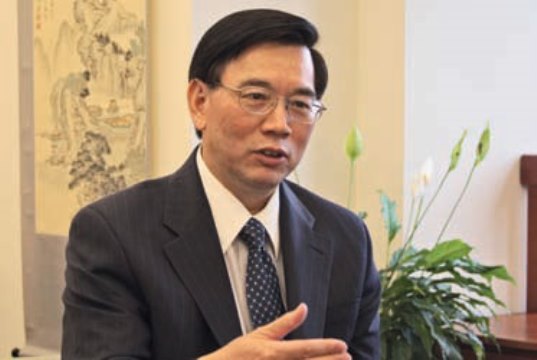‘Chinese proposals’ to improve intl financial architecture
By Lin Jianhai
The G20 has convened 10 summits since the international financial crisis in 2008. The upcoming G20 Hangzhou Summit will focus on the numerous challenges confronting the global economy and conduct in-depth and extensive discussions on response policies and international cooperation, one of which is improving the international financial architecture.
To improve the international financial architecture, China, after assuming the G20 presidency, rebooted the International Financial Architecture Working Group.
At the third G20 Finance Ministers and Central Bank Governors Meeting in Chengdu in July, G20 formulated the agenda to build a more stable and resilient international financial architecture. The group put forward a series of suggestions on a broader use of the SDR, strengthening the Global Financial Safety Net, accelerating the IMF quota and governance reform, improving the restructuring of sovereignty bonds and ameliorating the management and monitoring of capital flows in an attempt to contribute “Chinese proposals” at the G20 Hangzhou Summit.
The upgrade of international financial architecture seems to be more pressing under the current financial situation. As the global economy diversifies, the economic aggregate of emerging markets and developing countries increase along with their rising international status.
Meanwhile, over the past 30 years, the connectivity of the global economy has been significantly enhanced. Besides the more complicated trade network, global and regional value chains are rapidly developing and so is the worldwide cross-border capital flow. All these changes have posed new requirements on the global financial architecture.
After years of effort, the 2010 Quota and Governance Reform of the IMF came into full effect on January 26. It is the largest reform of the IMF and the biggest adjustment of discourse power that will benefit emerging markets and developing countries. The reform doubled IMF’s capital share to around 470 billion SDR (around $660 billion) and upgraded China to the third largest shareholder of the organization.
Now, the IMF is discussing the 15th round of quota and governance reform, which covers quota formula, quota increase range, and quota distribution. Apparently, this round of reform, which hopefully can be completed by the IMF annual meeting in October 2017, will give great significance to emerging markets and developing countries.
On November 30, 2015, after a lengthy deliberation, the RMB was officially determined as a “freely usable currency” and will be included in the SDR currency basket comprised of US dollar, euro, Japanese yen and the British pound from October 1, 2016.
However, there is still much to do to further bolster the SDR’s role in stabilizing the global monetary system and its extensive application in the global financial market, which is another key item on the G20 agenda.
To achieve mutual benefit and common growth in the international arena, all countries should carry out robust and prudent economic policies and build a more sophisticated international financial architecture and global economic governance system.
Promoting and enhancing each other is conducive to preventing the recurrence of a crisis, stepping up the coping capacity for crisis and boosting cooperation and exchanges between emerging markets and developed countries, which will eventually push for robust, sustainable and balanced growth of the world economy.
(The author is Secretary of the International Monetary Fund.)













